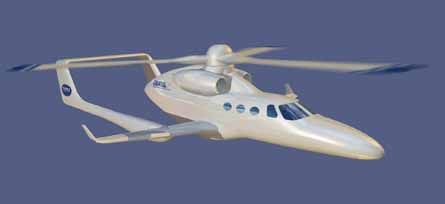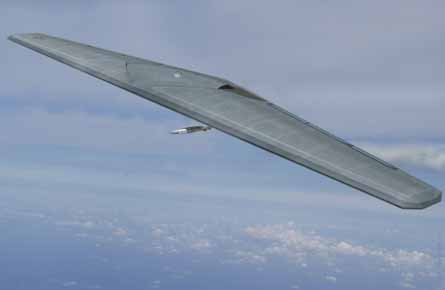Rapid-deployment UAV among clutch of FY2008 projects
The US Defense Advanced Research Projects Agency (DARPA) has ended work on a submarine-launched and -recovered unmanned air vehicle, but plans to demonstrate a high-altitude, long-endurance UAV that can be rocket-deployed from the USA to provide rapid-reaction surveillance anywhere in the world, and another that could remain on station over an area of interest for several months.
Work on Lockheed Martin's Cormorant sea-based UAV has ended after ground tests of the splash-down and recovery technique and following Congressional reductions in DARPA's fiscal year 2007 budget.
|
|---|
DARPA's request seeks more funding for the Groen Brothers Heliplane |
The research agency's FY2008 budget request seeks continued funding for demonstrations of the Groen Brothers Heliplane high-speed gyroplane, Northrop Grumman variable-sweep Oblique Flying Wing and Lockheed Martin Falcon hypersonic test vehicle.
New programmes planned to begin in FY2008 include Rapid Eye, a high-altitude, long-endurance UAV that can be rocket-deployed from the USA to anywhere in the world within 1-2h to perform persistent surveillance and communications missions. Required technologies include folding or inflatable structures, dense energy storage and low-oxygen propulsion.
Vulture is a another new programme to demonstrate a very-high-altitude, ultra-long-endurance UAV capable of remaining on station for several months to act like a "persistent, retaskable satellite" performing surveillance and communications missions over a theatre of operations. Advances in solar collection, energy storage, component reliability and lightweight structures will be required, says DARPA.
|
|---|
DARPA hopes for funds to demonstrate Northrop's Oblique Flying Wing |
New space programmes set to begin in FY2008 include NanoPayload Delivery, to validate the feasibility of launching 1-10kg satellites to low-Earth orbit at short notice, possibly using modified air-to-air missiles fired from fighters. This supports the Tiny, Independent, Coordinating Spacecraft programme to demonstrate difficult-to-detect robotic nanosatellites able to inspect other spacecraft in orbit.
Source: Flight International

























